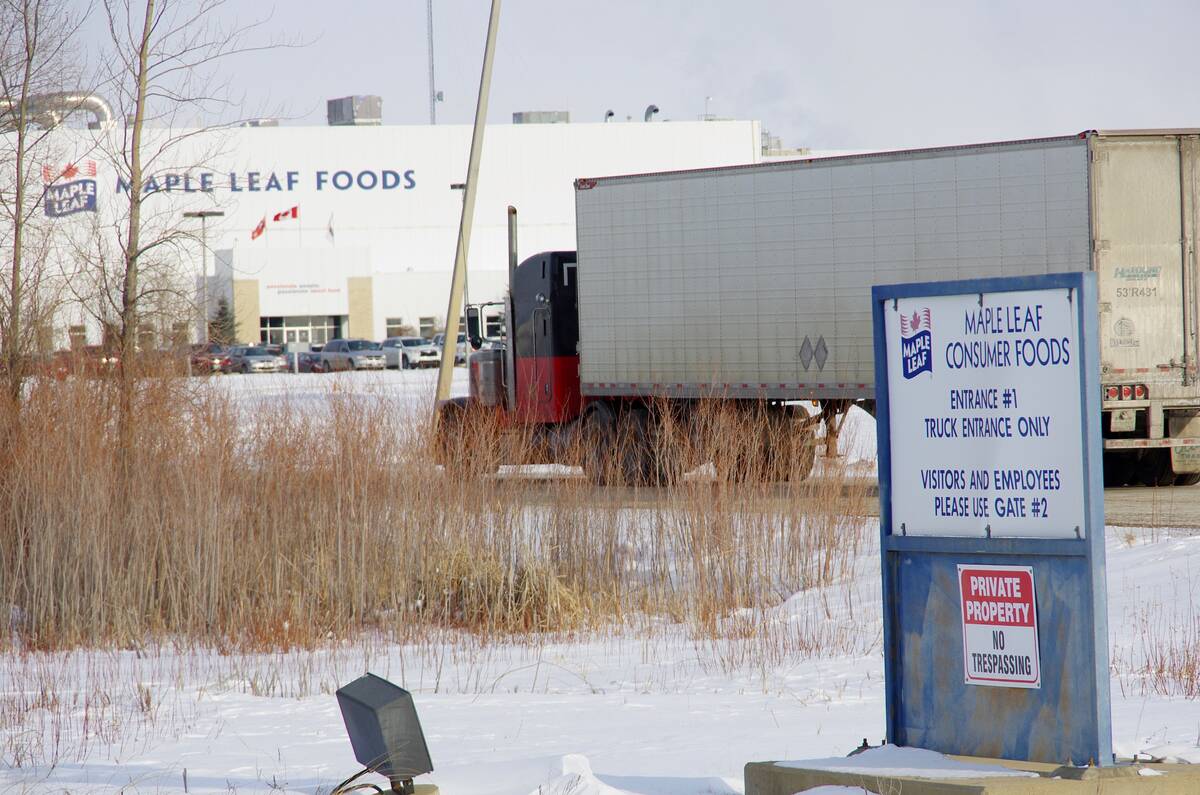The long-sought-after “black box,” which many hope will clear the decks for changes to Canada’s grain grading system, is making steady progress, according to Gregory Penner, president and chief executive officer of NeoVentures Biotechnology.
His company is working on a driveway-based device that would be able to tell various classes of wheat apart from samples taken at the elevator.
Penner said development of the device is going well, and is aiming to begin a “very limited” marketing trial by 2009.
“We’ve focused on two ineligible varieties and we’ve been able to differentiate them from CWRS varieties,” he said, adding that the process takes only five minutes.
Read Also

Manitoba pork exports gain new market ground
Manitoba’s pork trade pivoted from China over the last five years, while Japan is remains the largest customer and South Korea and Mexico market footholds have grown
“That’s what we targeted in terms of demonstrating that we could do that. Now, the next step is developing this so that we can do a whole pile more.”
The device has already proven able to screen one ineligible wheat variety from 15 eligible CWRS varieties.
To ensure that the 30 or more CWRS varieties and at least 10 ineligible target varieties can be identified using the device, more research must be conducted before it can be brought to market.
“We are also going to have to do a lot more testing on grain sourced from different environments and different years, as well as frost damage and weather to see if it still works under all these conditions,” he said.
“We’re really trying to see what conditions it works under and what conditions it doesn’t work under.”
The technology uses light wave length measurements to identify varieties by their molecular structure. The equipment, which Penner said uses existing, off-the-shelf technology, would cost about $2,500.
The NeoVentures research is part of a $3 million effort by the Canadian Wheat Board to develop alternatives to kernel visual distinguishability.
By August this year the federal government plans to eliminate KVD, the system under which grain inspectors identify varieties through visual characteristics such as colour and kernel shape.
The board said it’s making the investment to ensure that the elimination of KVD doesn’t threaten Canada’s quality control system, which provides price premiums in international grain markets.














